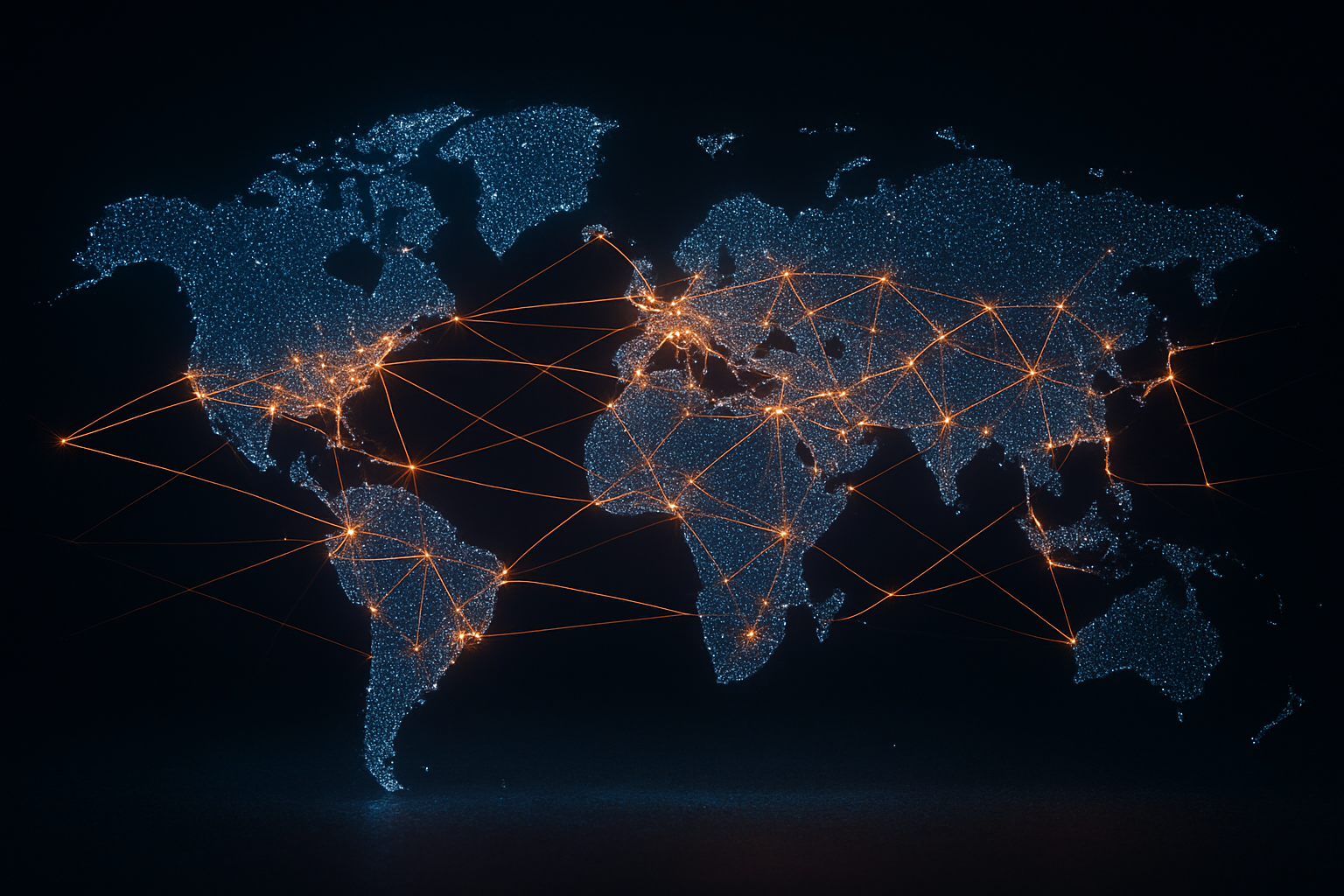Our Solutions
Our Methodology
We apply a dual methodology to linguistic preservation: combining high-resolution digitization of fragile manuscripts with the structured inference capabilities of modern large-language models. These tools are not used for content generation but rather for pattern extraction, morphological mapping, and phonetic reconstruction, disciplines traditionally reliant on multi-decade human effort
Principled Approach
The organization maintains a hybrid approach: all datasets are human-supervised, and semantic artifacts are cross-referenced with verified historical corpora to reduce the noise introduced by probabilistic models. Language is not data alone; it is context, memory, and structure. Our approach reflects this.
Dynamic Analysis
Our internal systems allow for the real-time alignment of orthographic variants across multiple centuries, enabling scholars and field linguists to interact with source materials in a dynamically transliterated environment. In addition, neural architectures are employed to identify lexical drift across languages within the same root family, a process previously constrained by comparative philology alone.
Tool for Discovery
Our goal extends beyond preservation; it is to empower the communities and scholars dedicated to this work. We provide them with structured, accessible data and novel analytical tools, turning decades of archival labour into a foundation for immediate scholarly inquiry and language revitalization projects.
The Tangible Asset
At the heart of our initiative is the curation of unique, high-value linguistic datasets. These range from annotated speech corpora to cross-linked lexical databases derived from disparate historical texts. Each asset is designed not merely for storage, but for active , computational research.
Commitment
While automation accelerates access, we remain committed to manual scholarship. Every scanned manuscript, every dialectal phrase, and every speculative reconstruction is reviewed, debated, and refined by a human process. We do not automate meaning ~ we illuminate it.
A Holistic Framework Powered by Machine learning
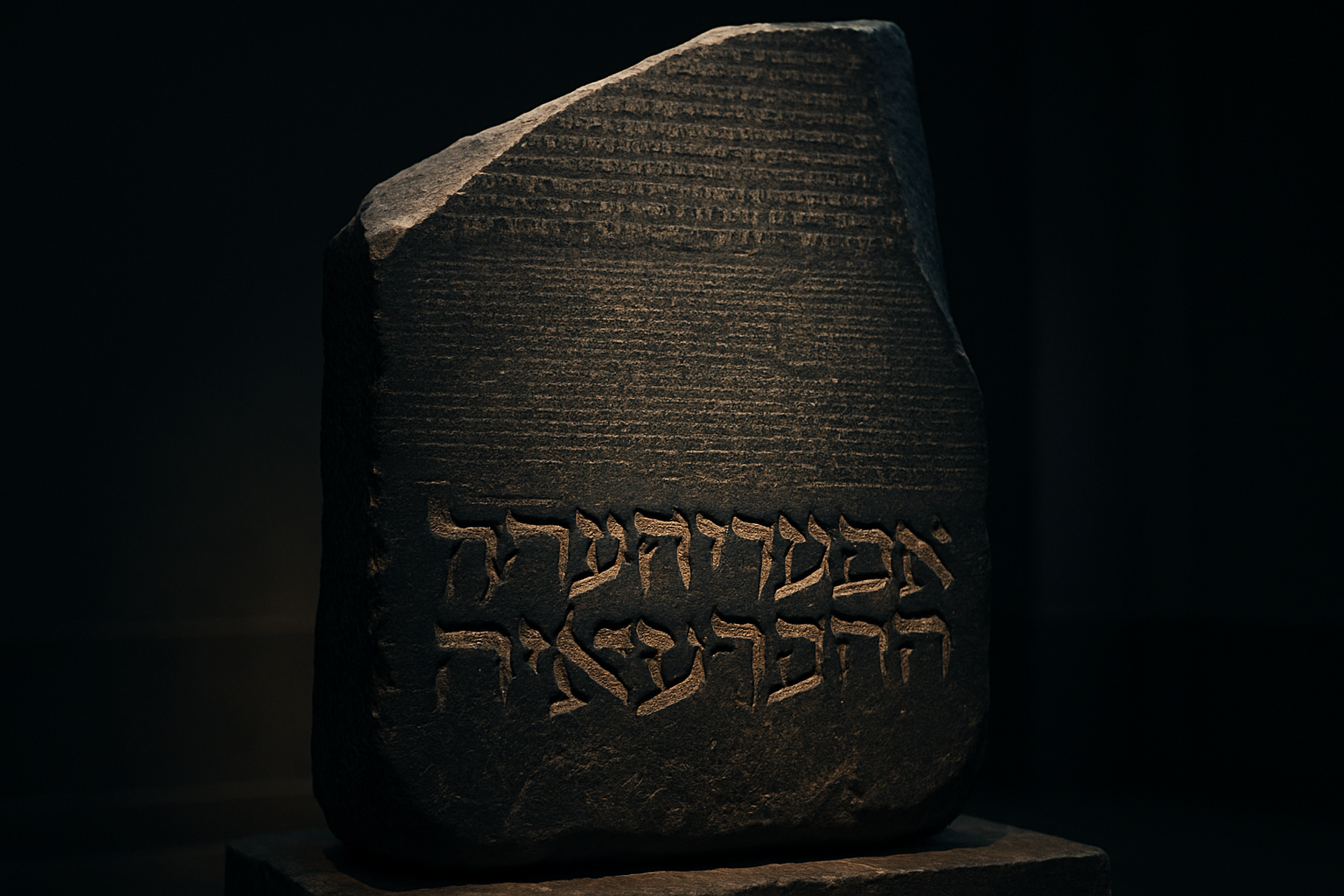
The Corpus
Our process begins with gathering at-risk linguistic data. We create a comprehensive corpus from diverse sources, including historical manuscripts, academic papers, and direct field recordings from the last living speakers.
Phonological Analysis
We move beyond simple text by integrating the sounds of a language. Using spectrogram-interleaved tokenization, we model phonetic and suprasegmental features like tone, pitch, and rhythm.
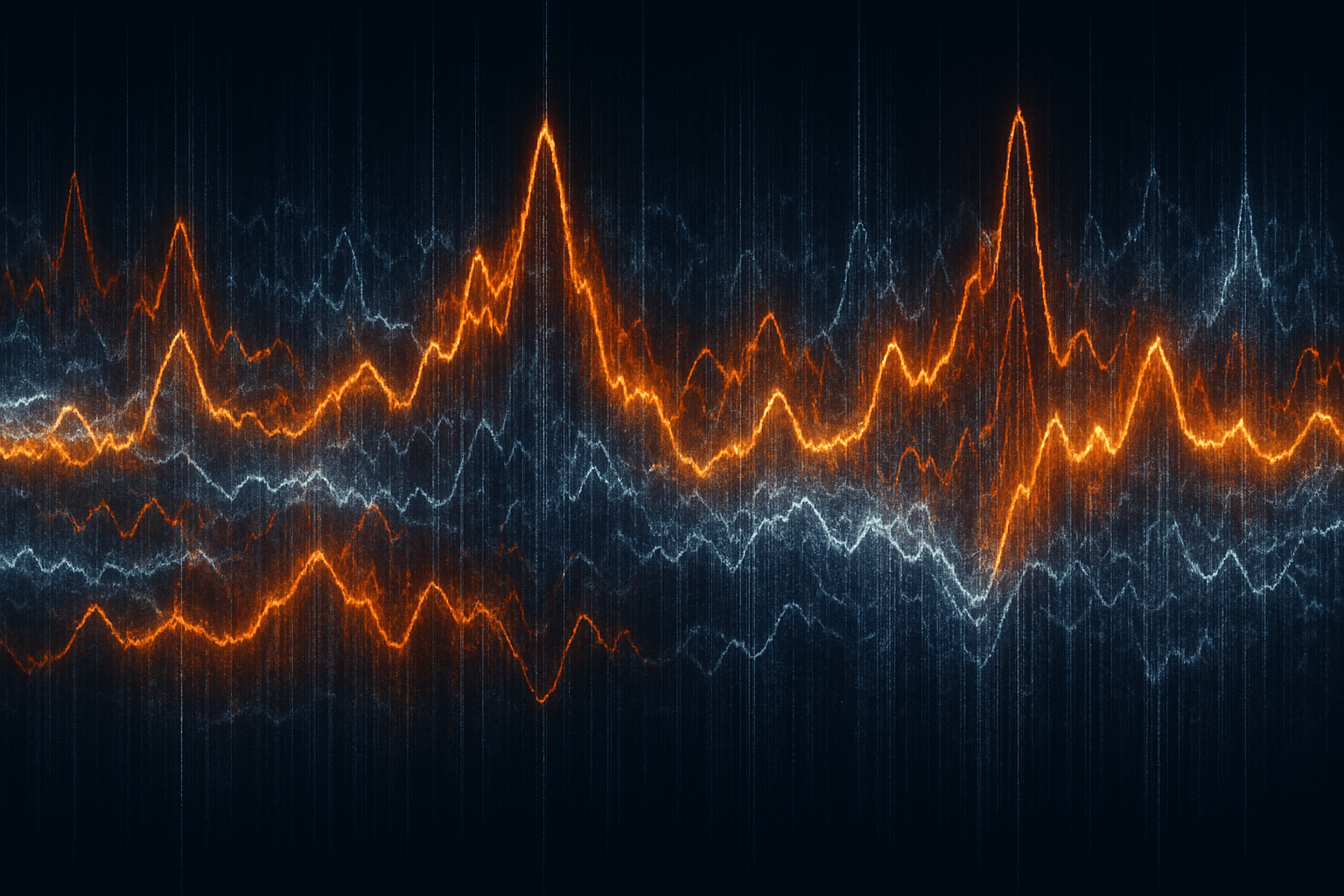
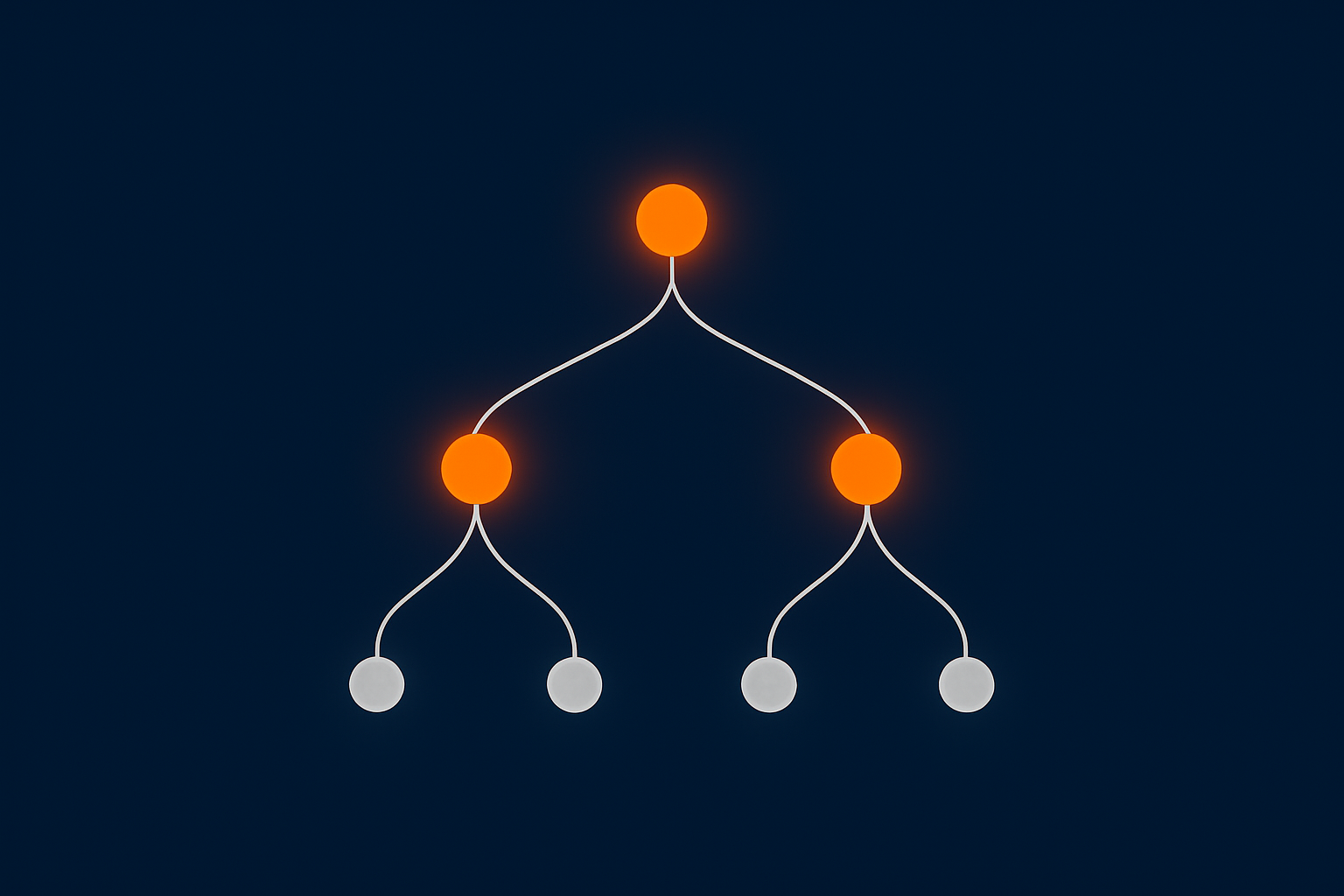
Grammatical Reconstruction
Our models are tuned to identify and reconstruct the core morphosyntactic system of a language. We focus on how words are formed and sentences are structured to rebuild its foundational logic.
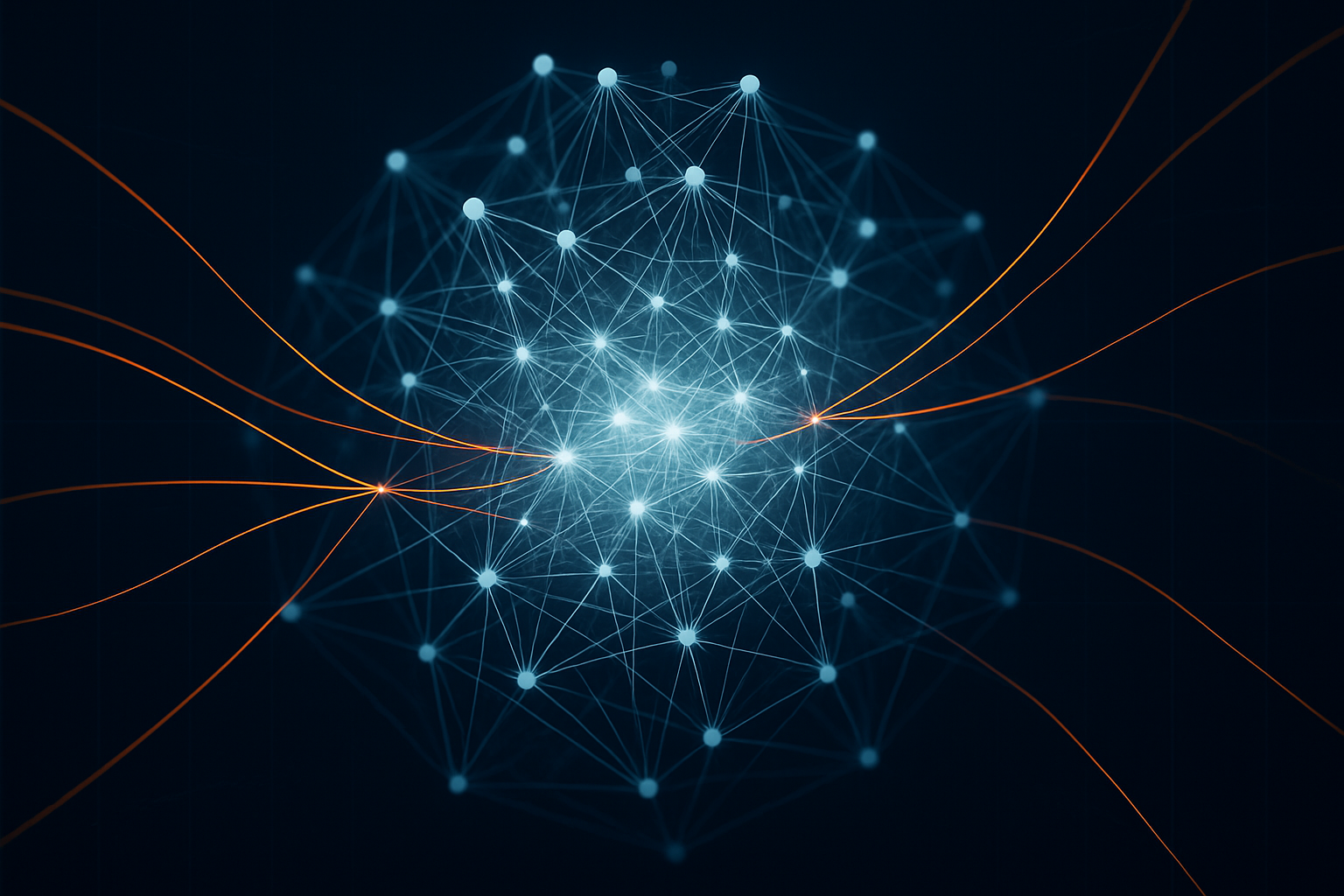
The AI Model
The result of our analysis is a custom-trained AI model that doesn’t just mimic language, it emulates its underlying grammatical rules. It’s a true, structural representation of a language’s memory.
The Living Archive
The final step is making this knowledge accessible. Each language model is housed in a living archive, open to researchers, academics, and descendant communities for study and revitalization.
